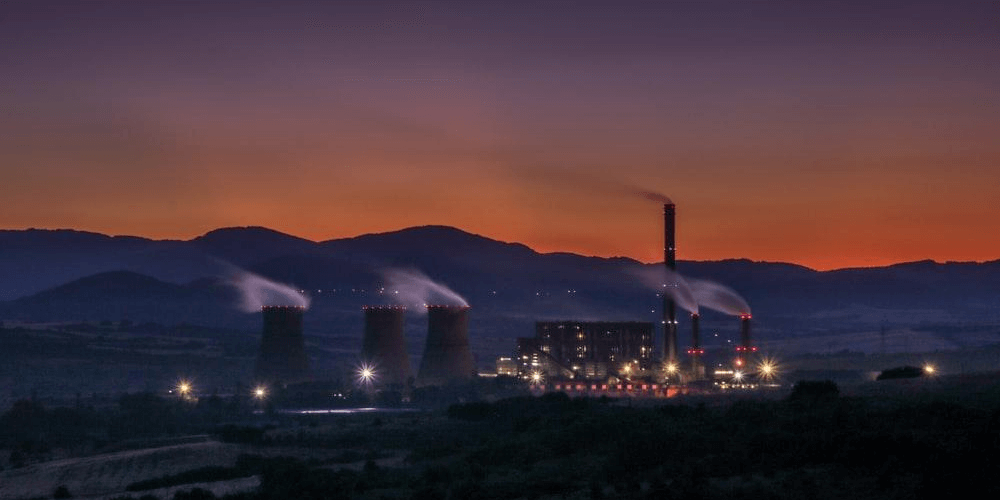Navigating the complex landscape of industrial machinery can often feel like walking through a maze, especially when it comes to the intricate world of cooling tower water treatment. As silent yet powerful giants, cooling towers play an instrumental role in maintaining the efficiency and longevity of industrial processes, making their selection a critical decision. This guide aims to provide you with the essential knowledge you need to make a decision that aligns with your industrial needs. So let’s dive into the world of cooling towers and understand how to choose the right one for your business.
Importance of Cooling Towers in Industries
The role of cooling towers in industrial setups is paramount and cannot be overstated. Their primary function is maintaining the industrial equipment’s operational integrity by managing and dissipating the waste heat generated during various processes. By doing so, they not only prolong the lifespan of the machinery but also enhance overall operational efficiency, leading to increased productivity and substantial cost savings.
Cooling towers are the unsung heroes in many industries, including power generation, manufacturing, chemical processing, and even in HVAC systems for large buildings. They contribute significantly towards creating a sustainable and balanced industrial environment, promoting energy efficiency while mitigating potential environmental impacts.
The Function of Cooling Towers
Delving deeper into their functionality, cooling towers act as heat rejection devices. They extract waste heat from the process fluid (usually water) used in various industrial processes and reject it into the environment, primarily the atmosphere. This process helps to bring down the temperature of the overheated water, thereby cooling it.
This works through the principle of evaporative cooling in the case of wet cooling towers. The hot process water is sprayed over a fill material, providing a large surface area. Air is drawn or blown through this fill, causing a small amount of the water to evaporate, which removes the heat.
In contrast, dry cooling towers work on the principle of convection, where the process fluid flows through a coil or heat exchanger, and the air is blown over the coil, transferring the heat from the fluid to the air.
By performing these functions, cooling towers serve as a critical node in an industry’s process cycle, maintaining optimal working conditions for the machinery, preventing overheating, and promoting efficient industrial functioning. Without them, industries would be at constant risk of operational inefficiencies, potential machinery breakdown, and heightened operational costs.
Types of Industrial Processes that Require Cooling Towers
Various industries, such as power plants, manufacturing facilities, and chemical plants, need cooling towers. They’re instrumental in HVAC applications and refrigeration, where they cool down the hot refrigerant.

Factors to Consider when Choosing a Cooling Tower
Choosing a cooling tower for your industrial operations isn’t a decision to be taken lightly. It’s a long-term investment that demands careful consideration and thorough understanding. Here are some key factors you should evaluate when making your choice:
1. Type of Cooling Tower
There are two types of cooling towers: wet and dry cooling towers. Wet Cooling Towers employ water and evaporation to reject heat, making them highly efficient yet water-consuming, while Dry Cooling Towers utilize air as a cooling medium, making them environmentally friendly but less efficient thermally.
2. Size and Capacity
The right cooling tower should match your facility’s cooling load. An oversized tower leads to unnecessary costs, while an undersized one may not meet your cooling requirements.
3. Energy Efficiency
Consider towers with high energy efficiency to minimize operating costs and reduce your carbon footprint.
4. Maintenance and Durability
Choose a cooling tower that’s easy to maintain and built to withstand the environmental conditions of your location.
5. Cost
Factor in the upfront and long-term operating costs when deciding on a cooling tower.
Common Misconceptions about Cooling Towers
One common misconception is that all cooling towers consume a lot of water. However, dry cooling towers are designed to minimize water usage. Another misconception is that all cooling towers are noisy. The noise level depends on the design and operation of the cooling tower.
Wrapping Up
The selection of a cooling tower is a strategic choice. This critical component is a guardian of your industrial equipment, managing waste heat, boosting efficiency, and prolonging operational life. Whether you opt for a dry cooling tower for water conservation or a wet one for its compact cooling power, your choice should be guided by your unique needs and constraints. Always remember, the right cooling tower is not just an addition to your industrial setup but a partner contributing to your overall operational success. Evaluate your options carefully, and make an informed decision!
Scroll through our website if you want to explore more about cooling towers!


